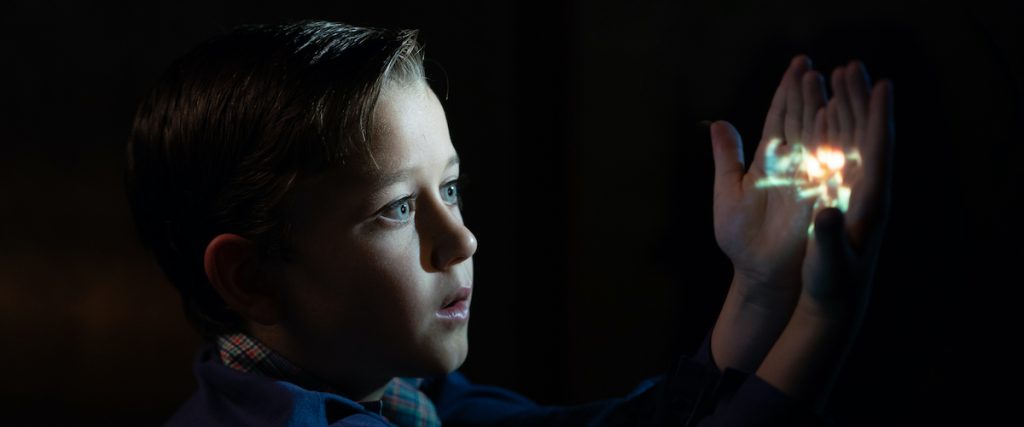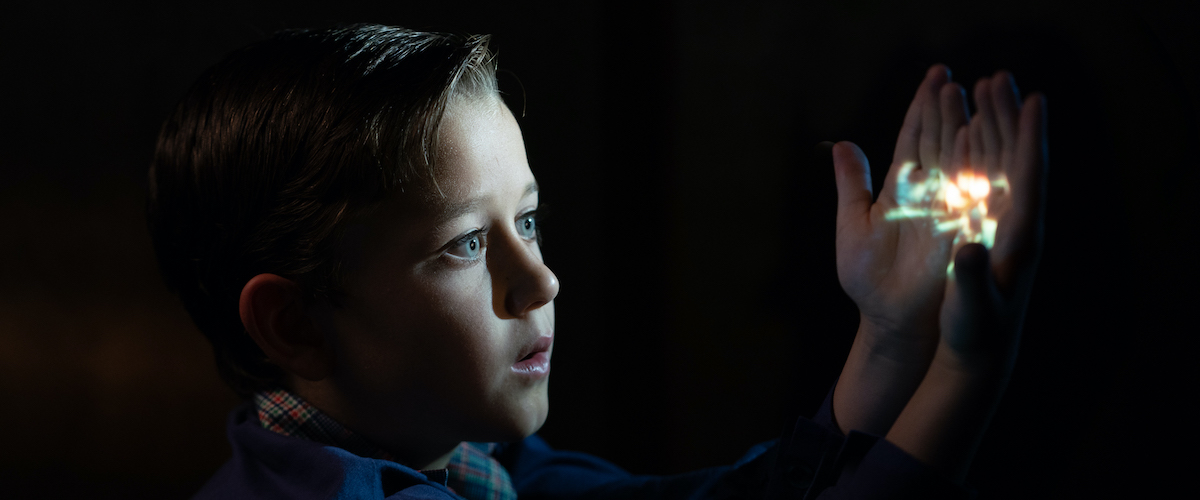
The Fabelmans is Steven Spielberg’s heartfelt tribute to his own formative years, where memories are evoked to the tune of the warmest song sheet. Although fictionalized, the film remains true to life, making it a charming and absorbing experience. It is Spielberg’s most personal work to date, infused with the flavors of half a century of filmmaking. The cast brings to life tales from a past that is now immortalized for the ages. In many ways, The Fabelmans feels like the film that Spielberg has been building towards since Firelight made a single dollar in profit back in 1964. However, it is also a film that he was not ready to make until this very moment.
Penned by Spielberg and regular collaborator Tony Kushner, The Fabelmans is filled with the sort of rose-tinted wisdom that only time and distance can afford. The story opens in 1952, in Sammy Fabelman’s New Jersey hometown. Sammy, played first by Mateo Zoryan Francis-DeFord and then by Gabriel LaBelle, is a proxy for a young Spielberg and the son of Michelle Williams and Paul Dano’s partially polar parents, Mitzi and Burt. While Mitzi encourages Sammy’s creative spirit, Burt deems his burgeoning interest in filmmaking a mere hobby. Both parents, however, are present for their son’s seminal first cinema experience—a trip to DeMille’s Greatest Show on Earth, which proves to be quite a spectacle.
In The Fabelmans, there is a surprising attention to technical filmmaking amidst its dreamy, soft focus. Despite initial doubts, scenes in which Sammy meticulously edits film make for captivating viewing. Equally intriguing are glimpses into Sammy’s early low-budget filmmaking with the Boy Scouts, which showcase the intersection between art and science. While Sammy’s maternal inheritance is noted, the film acknowledges a more composite truth. Spielberg is respectful in his portrayal of his parents, even as Mitzi’s attention wanders towards her husband’s “best friend.” Dano delivers a soulful performance, while Williams shines in her effervescent, otherworldly portrayal of Mitzi. A memorable scene sees Mitzi driving her children towards a tornado, while later she brings home a monkey in a bid to experience the wonderment she felt at the zoo.
Each time Burt is promoted, his family must uproot and move first to Phoenix and then to Saratoga, California, where everyone is involved in the film industry. In the final part of the movie, the wounds of the past are revealed, and Spielberg showcases the power of his craft. Sammy is bullied for being Jewish at school, but his unique qualities also attract his first love. He retaliates through film, humiliating one bully while turning the other into a god-like figure on screen. Sammy also learns how editing can manipulate narratives, revealing or concealing information to control the chaos. Despite these challenges, The Fabelmans is ultimately optimistic, leaving audiences feeling uplifted and nostalgic. The cinematography by Janusz Kamiński gives the film a home video feel, and John Williams’ score adds to the lovelorn atmosphere. While Williams may be retiring after the fifth Indiana Jones film, Spielberg shows no signs of slowing down, still filled with wonder and creativity.
